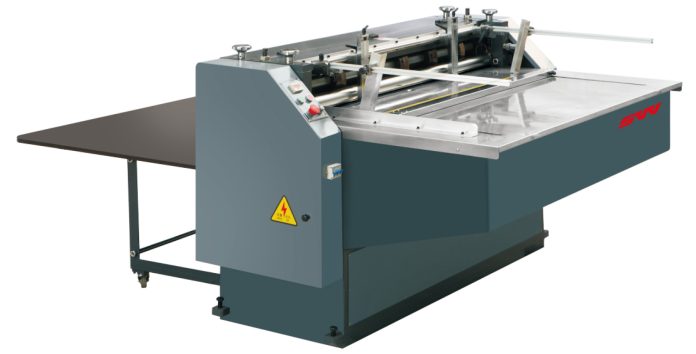Riveting machinery is used to join materials together using rivets. Riveting can be a cleaner process than welding and doesn’t require much energy.
An impact rivet gun drives the rivet downwards through the materials to be joined and into a forming tool called a rollset. This deforms the tail end of the rivet and locks the lap joint in place.
Impact Riveting
Impact riveting is a high-speed mechanical process that uses rivets to fasten together components. A machine operator places parts (metal or plastic) into a fixture, activates the machine by pressing a button or foot pedal, and a rivet is fed from a hopper down the track into open jaws that immediately close over the shank to insert it into the part holes. A ram then strikes the rivet with compressive axial force to flatten it and form the head. The riveting machine controls are typically a combination of electrical, pneumatic (pop riveters and blind riveters), and hydraulic. These systems can be customised to meet custom safety requirements and can monitor the riveting process – generating a force-displacement curve that is compared against a reference curve for quality assurance.
Rivets are a semi-permanent fastening method that is more versatile than welding for joining materials that can’t tolerate heat, like aluminum. The process can also be used to create rigid frames in products such as aircraft, shipbuilding, industrial piping, and home manufacturing.
Orbital Riveting
Orbital riveting is a quiet non-impact process of cold forming metals. It works by a rotary tool that forms the head of a rivet or pin while it orbits around a fixed point on the workpiece, much like the motion of a spindle drill. It uses a varying amount of pressure to produce a variety of heads. The resulting heads are stronger than impact rivets and are able to be formed into non-round applications.
Orbital forming is also ideal for plastics, as it does not change the molecular structure of the material. It also has the added benefit of being a low-cost option, as well as providing greater versatility in workpiece positioning. This process is particularly popular for safety-critical assemblies and where vibration or thermal cycling might damage threaded fasteners. The forming head is usually inclined with respect to the rivet shank axis, which reduces the force needed for forming and allows for fine control of the final form.
Hot Riveting
Before welding techniques were developed, metal-framed buildings and bridges were constructed with hot riveting. The process involves inserting a glowing, hot rivet into drilled holes in two pieces of metal and then hammering the unformed end to close the joint. The rivet fuses with the materials to create a strong and durable bond.
To use a hot riveting machine, you will need to make sure the setting is on and the intensification valve is set at the desired level. You will also need to clamp the workpieces in place to ensure accuracy and prevent damage to the machine.
While it is not as fast as welding, hot riveting is relatively quick and easy to learn. Riveting machines are available in a variety of sizes and can be used on dissimilar metals. They also require less investment than welding equipment. Additionally, hot riveting does not generate tensile stress like welds do. Hence, it is preferred over welds in situations where high-strength joints are required.
Hot Upset
Riveting is one of the few permanent joining methods that can join two metallic components sufficiently strong to resist incessant vibration and abrasion. Rivets are cylindrical rods made of soft material that have a head on one end.
The hot upset riveting process combines force and heat to form hardened rivets or part tenons, producing more hole-fill, increased resistance to push-pull forces, higher torque and a tighter joint that contracts when the material cools. Orbitform can customize a hot upset riveting station or machine to your specific product.
During the process, a power tool contacts the end of the protruding rivet shank (referred to as the tail portion) and hammers it against an upsetting die that is heated to a high temperature. The heating significantly reduces the hammering force or pressure required and allows the tail to be “upset” into a head form, or what is commonly called a shop head. It also enables the process to be used on harder workpiece materials that would crack during cold-forming.




